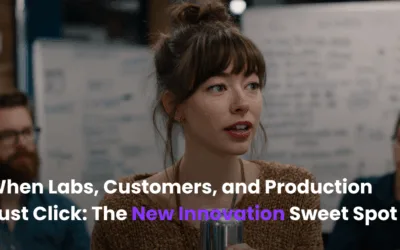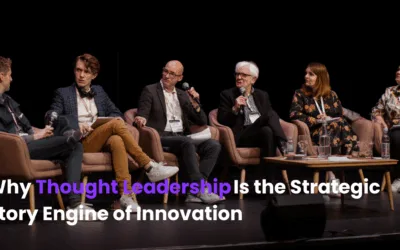We need to ask ourselves some serious questions. Why didn’t the best and brightest minds at world’s leading companies invent the next new thing in their industry? Why didn’t one of the TV networks invent Netflix? Why didn’t someone at Hilton create AirBnB? Why didn’t a classified advertiser create eBay?
To outside eyes, the answer is obvious. “Disruption blindness”. We are all so busy focusing on our business. Achieving quarterly targets. Keeping the shareholders and board happy and our employees productive. And because of this “busyness”, we don’t look beyond our current horizon. We don’t look beyond our industry. And this leaves us open to disruption.
The harder truth, however, is this – that digital disruption has already happened. The sheer availability of digital channels and platforms, their low cost nature and the speed with which they can be used to launch new businesses is astounding. So it is not a matter of IF your business will be disrupted, but WHEN.
So, what’s next?
If disruption is happening, what do we do? Are we simply to pack up shop and go home? With every disruption comes opportunity – and no matter whether you run a large business or a small, local shop, the first thing to do is to EMBRACE the disruption and become a COPYCAT.
Mark Earls and John Willshire, author of Copy Copy Copy, suggests that innovators take a lesson from Elvis:
… even Presley’s iconic covers of other people’s tunes were often not his own: his version a copy of other’s ” covers. His rendition of Hound Dog is seen by many as his breakthrough number but it was not fresh out of the box – the Leiber and Stoller song had already been a genre hit for blues singer Willie Mae ‘Big Mama’ Thornton. Thornton’s version created such a splash that it spawned a handful of country-style covers and a bizarre selection of ‘response’ and spoof records (including ‘Bearcat’ with re-written lyrics by Sun’s own Sam Phillips).
Simply follow the lead of your market disruptor – build a one page business plan that mirrors or follows your competitor’s model, and assess the following:
- Is this a fad? When you look at a disruption it can be difficult to determine whether it is a fad or whether it represents a more fundamental change. Use the Disruptor’s Lean Canvas to quickly hypothesise and test the market impact of the disruption with your copycat. To do so, focus on your existing audience and segmentation and use the canvas to pose “what if” scenarios. Then, by validating your canvas with key segments or influencers, you’ll know whether the market is resonating with your market. From here you can decide where to go next.
- Is this the future? If you find that your copycat is not resonating with your current market, it may be that it is creating a NEW market. Use the Disruptor’s Lean Canvas to quickly determine whether the disruption is a business model innovation. Validate with scenario based plans, assess whether you can shadow your new competitor, and decide your next steps.
From copycat to new business
This copycat approach is not a three month exercise. In fact, you should be able to conduct this exercise in an afternoon. Then, armed with your insight and new knowledge, it’s time to bring your new business to life. This is called “disrupting yourself”. To learn more about how we can help you be disruptive and win, give us a call.



